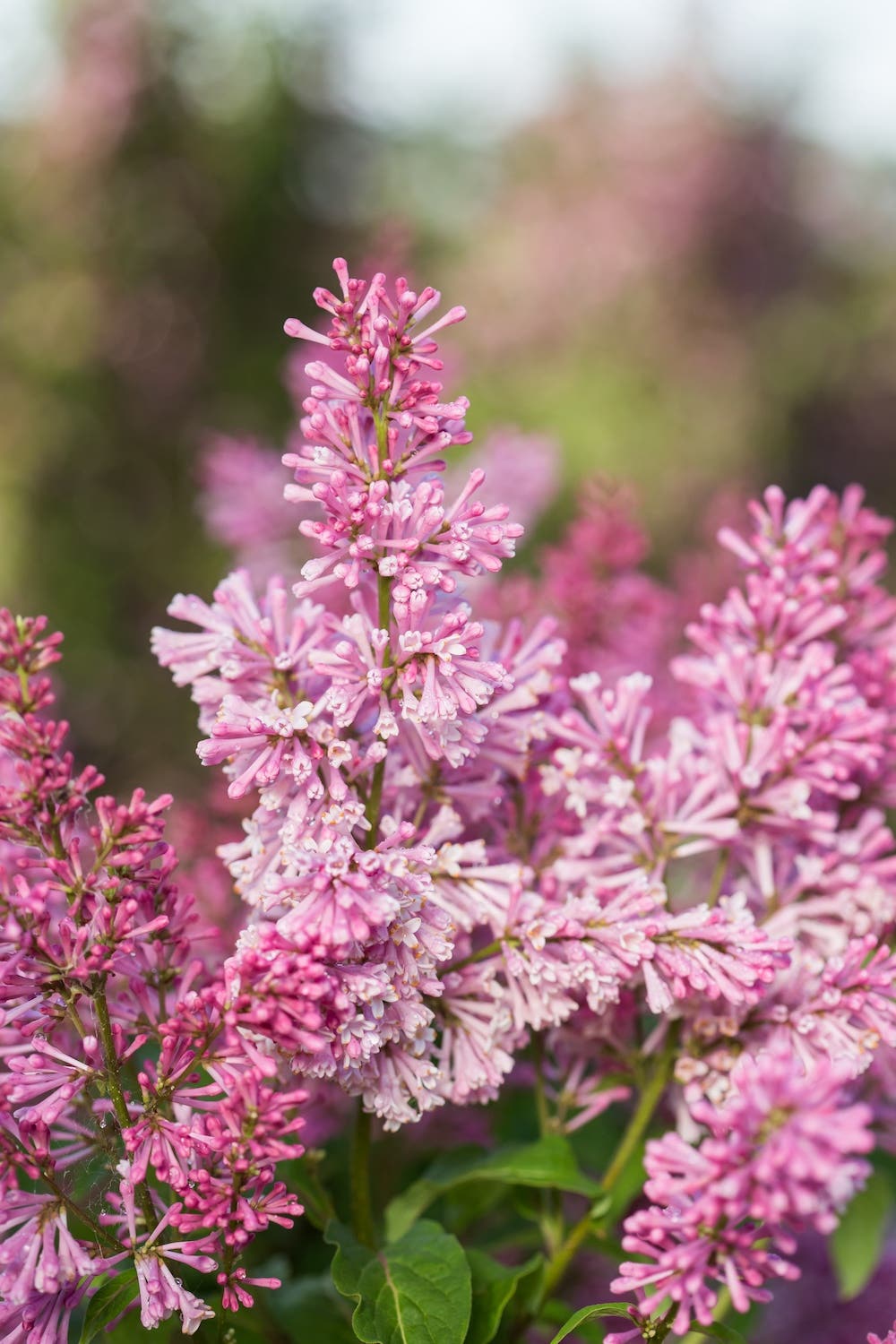'Excalibur' yucca has all the tenacity of other Yucca filamentosa cultivars, but it offers a more compact size and a unique bluish color. Its tidy shape makes it a good choice for small gardens and tight spaces in the border, where it adds a unique texture with its spiky leaves. Highly drought tolerant and virtually unkillable, this yucca is a succulent that survives USDA Zone 4 winters if given protection. It is very deer resistant and attractive to butterflies, moths and hummingbirds, too. Yucca filamentosa is a larval host plant for several types of skipper butterflies.
Common name: 'Excalibur yucca', 'Excalibur' Adam’s needle, 'Excalibur' bear-grass
Botanical name: Yucca filamentosa ‘Excalibur’
Exposure: Full sun to part shade
Season: Spring through fall for best foliage, summer for flowers
Flowers: A thick, tall stalk rises from the center of mature plants in early to midsummer, reaching to 5 feet tall, and creamy white, bell-shaped flowers open along its top. These flowers draw butterflies, moths and hummingbirds.
Foliage: 'Excalibur' yucca boasts dusky blue, sword-like leaves with curly white filaments lining their edges.
Habit: This yucca remains a tidy rosette of foliage that hugs the ground. (There are other kinds of yucca that form a trunk with age.) The rosette reaches about 2 feet tall and 3 feet wide. It is an evergreen perennial, but it will look a bit ragged and limp during the coldest months of the year, particularly in the northern part of its growing range.
Origins: Introduced by Walters Gardens, ’Excalibur’ is a selection of the species Yucca filamentosa, which is native to the southeastern United States.
How to grow 'Excalibur' yucca: Site it in full for the best foliage color and flowering, although it will grow and possibly bloom even in part shade. It prefers poor to average soil with good drainage. Like all Yucca filamentosa, it is highly drought tolerant once established, possessing a deep taproot that allows it to find ground water in dry times. This growth pattern also makes it difficult to relocate, so choose its position wisely. 'Excaliber' yucca is reliably hardy in USDA Zones 5–9, but it is reported to survive Zone 4 winters if it is covered with a winter mulch, such as shredded leaves.
Image credits: Foliage courtesy of Walters Gardens; Flower by Gertjan van Noord/CC BY-ND 2.0.







